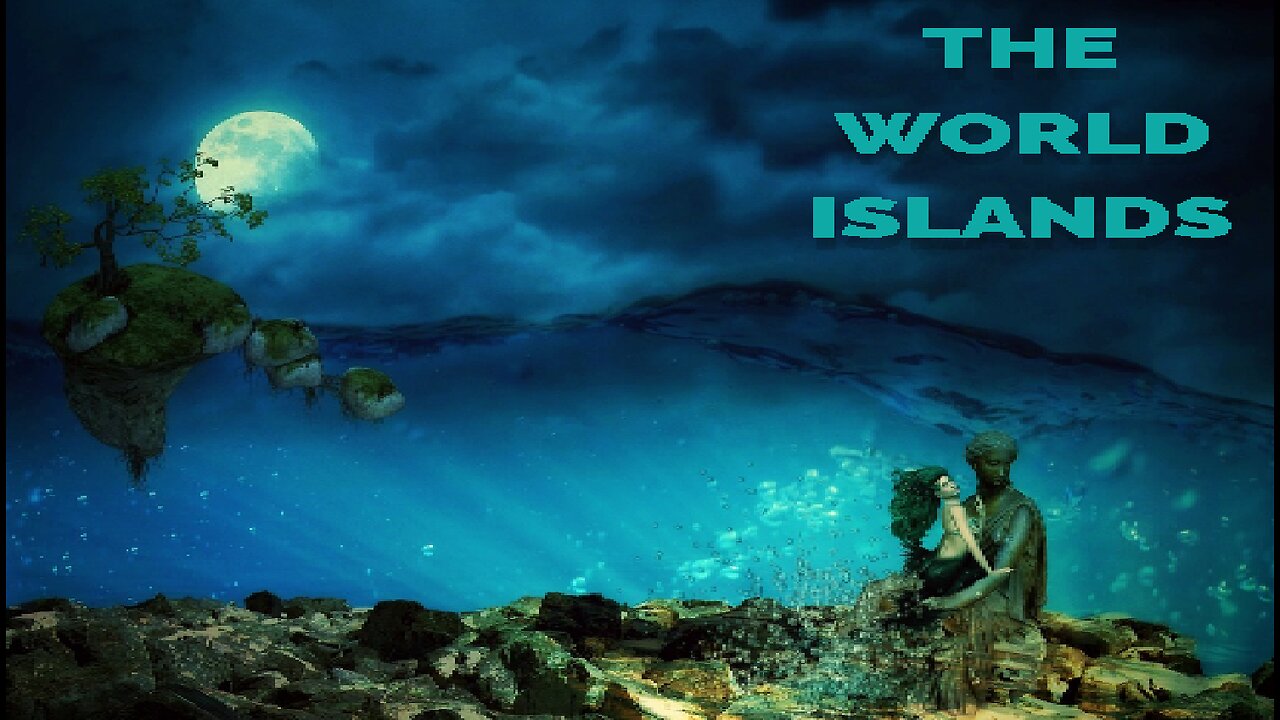Premium Only Content

The World Islands
The World Island: This is the largest of the three regions and encompasses Eurasia, which includes Europe, Asia, and parts of the Middle East. Mackinder argued that whoever controlled the "Heartland" within the World Island (roughly referring to the vast expanses of Eastern Europe and Russia) would have the potential to dominate the world due to its vast resources, population, and strategic position.
The Offshore Islands: These are the islands surrounding the World Island, including the British Isles, Japan, and others. Mackinder saw these islands as important players in global geopolitics due to their naval power and ability to project force.
The Outlying Islands: These are the remaining islands and continents, such as the Americas, Africa, and Australia. According to Mackinder's theory, these regions were less central to global politics because they lacked the resources and strategic positioning of the World Island.
Mackinder's theory laid the foundation for later geopolitical thinking, and it influenced strategies during both World War I and World War II. The idea that controlling the "Heartland" of Eurasia was key to global dominance played a role in shaping the policies of various world powers throughout the 20th century.
It's important to note that while Mackinder's ideas were influential, they are not without criticism and have been subject to debate among geopolitical scholars. Geopolitical theories have evolved since Mackinder's time, but his concept of the World Island remains a significant part of the history of geopolitics.
-
 LIVE
LIVE
LFA TV
15 hours agoREBUILD PEDOWOOD! | LIVE FROM AMERICA 1.17.25 11am
2,618 watching -
 LIVE
LIVE
Caleb Hammer
16 hours agoI've Never Hated A More Vile Piece of Trash | Financial Audit
113 watching -
 LIVE
LIVE
Benny Johnson
2 hours ago🚨 Trump Shuts DOWN The Border LIVE Right Now | Kristi Noem Confirmation Hearing For DHS, Deport!
14,581 watching -
 LIVE
LIVE
Barry Cunningham
3 hours agoWATCH LIVE: Kristi Noem Secretary of Homeland Security Confirmation Hearing
2,106 watching -
 30:42
30:42
BonginoReport
4 hours agoTikTok Ban BACKFIRES (Ep.121) - 01/17/2025
51.6K62 -

Matt Kohrs
11 hours agoBitcoin Breakout, Stocks Rally & Payday Friday || The MK Show
18.1K1 -
 LIVE
LIVE
Vigilant News Network
17 hours agoShocking Cover-Up Exposed in Explosive Tucker Carlson Interview | The Daily Dose
1,282 watching -
 2:01:51
2:01:51
Game On!
15 hours ago $2.86 earnedJerry Jones to pick Deion Sanders or Kellen Moore as Dallas Cowboys' next head coach!
27.4K2 -
 1:34:04
1:34:04
Jeff Ahern
2 hours ago $1.54 earnedFriday Freak out With Jeff Ahern (What Hostages?)
29.9K -
 13:24
13:24
EvenOut
14 hours ago $3.74 earnedMATRIX AGENTS TAKE OVER REALITY!
36.4K3